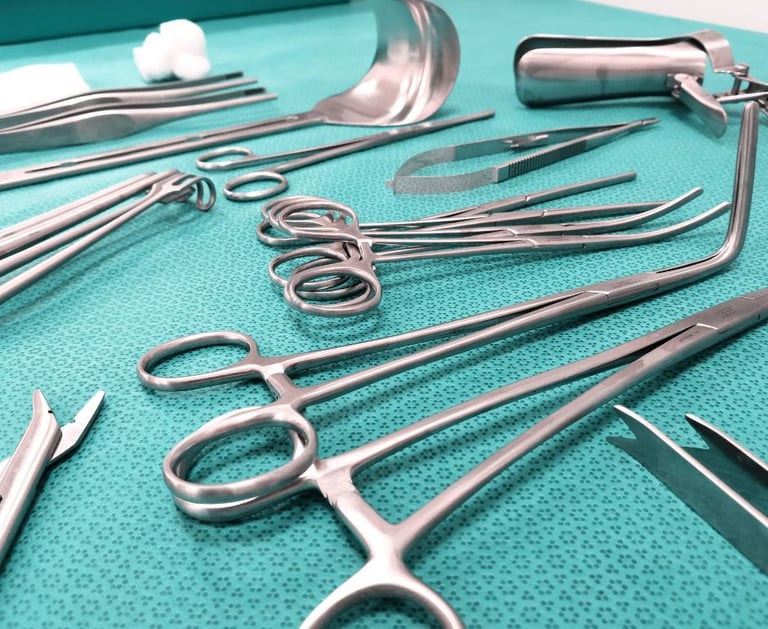Veterinary Technician Resources for Surgical Instruments


This post may have affiliate links. As an Amazon Associate, we earn from qualifying purchases from those links. This does not cost you anything and helps support the Sanctuary and all the animals in our care. This has no bearing on our reviews and comparisons. We will do our best to keep things fair and balanced to assist you in making the best decision for you and your pets.
Veterinary technicians and assistants play an essential role in the surgical team. They assist veterinarians in the preparation, execution, and aftercare of surgical procedures. One of the critical skills that veterinary technicians and assistants need to have is an understanding of surgical instruments, how to use them, and how to clean and maintain them. This knowledge is vital for ensuring the safety and well-being of the patients and the surgical team.
Knowing surgical instruments is critical for veterinary technicians and assistants as it enables them to set up the surgical suite, prepare the necessary equipment, and anticipate the veterinarian's needs during surgery. Understanding surgical instruments also helps veterinary technicians and assistants identify and select the appropriate instrument for the procedure, which improves the efficiency of the surgical team.
Cleaning and maintaining surgical instruments are equally important. Proper cleaning ensures that the instruments are free from pathogens and other contaminants that could cause infections. Maintaining surgical instruments also ensures that they function correctly and last longer, which saves money for the veterinary clinic or hospital in the long run.
Here are three books available on Amazon that can help veterinary technicians and assistants build their knowledge and skills in surgical instruments and their care:
"Veterinary Instruments and Equipment: A Pocket Guide" by Teresa F. Sonsthagen. This book is a concise guide to veterinary instruments, their uses, and their maintenance. It provides detailed descriptions and illustrations of surgical instruments, anesthesia equipment, and diagnostic instruments commonly used in veterinary medicine.
"Veterinary Surgical Instruments: An Illustrated Guide" 1st Edition This book is an excellent resource for veterinary technicians and assistants who want to learn more about surgical instruments' design, function, and care. It provides detailed information on surgical instruments used in various procedures, including orthopedics, soft tissue surgery, and neurosurgery.
"Veterinary Surgery: Small Animal, 2-Volume Set" by Karen M. Tobias. This book is a comprehensive guide to small animal surgery. It covers all aspects of surgical procedures, including preoperative preparation, anesthesia, surgical techniques, and postoperative care. It also includes a section on surgical instruments and their care, which is beneficial for veterinary technicians and assistants.
Veterinary technicians and assistants must have a solid understanding of surgical instruments and their care. Knowing surgical instruments' uses and functions helps improve the efficiency and safety of the surgical team, while proper cleaning and maintenance ensure that the instruments are free from pathogens and function correctly. The books mentioned above are excellent resources for veterinary technicians and assistants who want to build their knowledge and skills in surgical instruments and their care.
Veterinary Technician Resources for Surgical Instruments.
There are so many instruments in play in the operating room...and even more rules for sterility. Here are resources to help.
